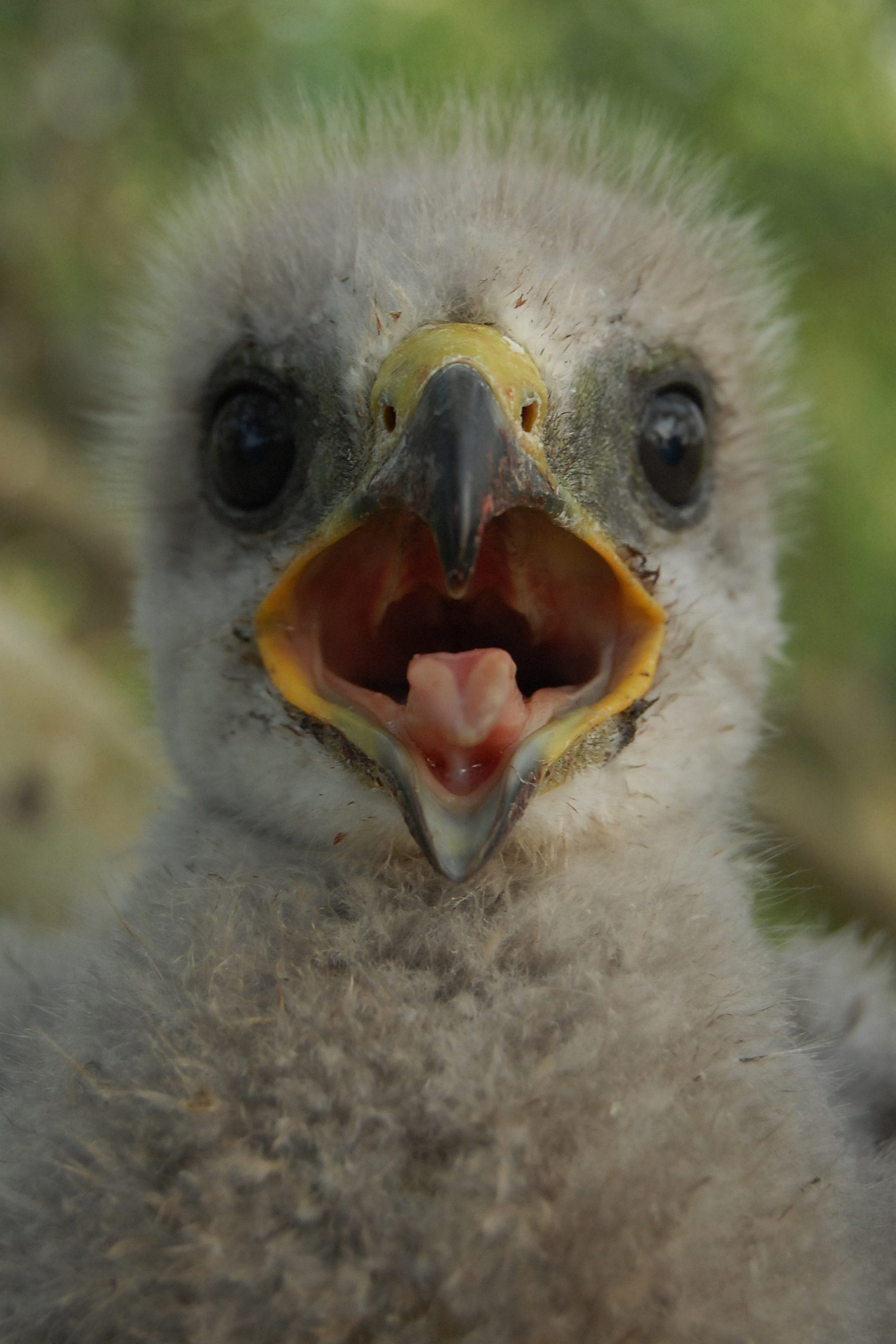One darn thing leads to another. Big and deep, Lake Tahoe will not freeze over in winter. That is why migratory waterfowl congregate in Tahoe water where they can find food in its wintery shallows. All those mergansers and mallards draw predators, like bald eagles, looking for relatively easy pickings. And the eagles draw amateur and professional photographers toting long telescopic lenses to Tahoe and its surrounds, all winter long.
Naturally, a bald eagle that can weigh as much as 14 pounds needs to eat more than just a few puny water birds. Luckily, at the eastern base of the Sierra Nevada mountains, the Carson Valley’s winter calving season provides plenty of sustenance.
There, ranches around Gardnerville, Minden and Genoa host gatherings of eagles, both bald and golden, hawks, and falcons, along with the occasional coyote, for a protein rich winter feast of afterbirth and stillborns.
In late January, the Carson Valley Chamber of Commerce treats visitors to an annual event, Eagles and Agriculture. Tourists and locals can take in photo exhibits, and participate in photography workshops, go on ranch and eagle tours, or join an owl prowl and historic barn tour. Of course, highlights of the celebration are the sights and sounds of raptors doing what they do best without interruption or interference.
For those preferring to plan their own eagle tour, the Nature Conservancy runs the River Fork Ranch, located about 12 miles south of Carson City, which is both a working cattle ranch and a preserve. The ranch is a good area for wheelchair users, and slow walkers to enjoy eagle spotting. The interpretive center’s wrap-around porch offers great views of the nearby pastures.
Also, a wealth of information on Lahonton Audubon Society’s web site gives extensive, and detailed driving instructions for both winter and spring birding.
While there are fee areas for wildlife viewing in the Carson Valley, plenty of free-to-use county roads intersect Highway 395. One example, State Route 88, is lined with cattle pastures. The best way to find the raptors is to look for clusters of cattle. The birds usually stay close by, waiting for a birth. If you’re lucky, you might see an eagle perched on a roadside fence post, just hanging out until mealtime. Binoculars, spotting scopes or a telephoto lens can help to watch the action in pastures away from the road.
By celebrating the eagles return every winter, we are reminded that we almost lost them. An eagle count in the 1960s showed fewer than 500 nesting pairs were left in the lower 48 states. Between 1870 and 1970 habitat loss, hunting and the use of DDT almost wiped out our entire bald eagle population.
The latest numbers estimate that the bald eagle population climbed to 316,700 eagles in the contiguous 48 states. Add Alaska’s numbers to that, and our national symbol seems to be thriving.
Long may they continue.


 Facebook
Facebook
 Twitter
Twitter
 Pinterest
Pinterest
 Copy Link
Copy Link
